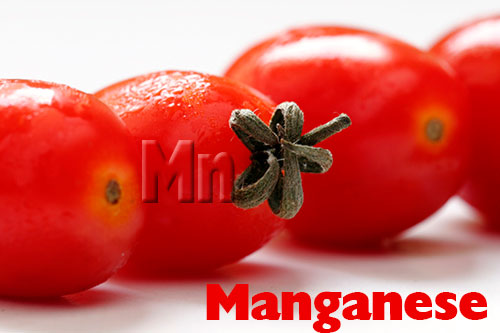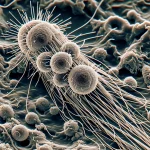Manganese levels in nutrient solution do not influence tomato growth
The concentration of manganese (Mn) can vary significantly in re-circulating nutrient solutions. Crop uptake of manganese cannot be explained to this high variation and the only explanation is manganese oxidising bacteria or variation of pH of the nutrient solution. It is actually a combination of both manganese oxidising bacteria and solution pH.
Manganese availability to the plant is strongly influenced the pH. At high pH levels manganese is just not available. So no matter how much manganese you apply, the plant just cannot absorb enough for normal growth.
Interestingly the manganese oxidising bacteria also flourishes at higher pH, so that is a double whammy. The bacteria converts the soluble available manganese to insoluble manganese oxide that precipitates on the gully floor. At low pH levels the bacteria is not active and little manganese is oxidised.
So with high pH levels manganese is not that available and that what is there is quickly converted by the bacteria to an unavailable form. Luckelly tomatoes are extremely efficient at absorbing manganese from the nutrient solution. As a matter of fact, tomatoes can absorb more manganese that what is required for optimum growth without showing severe toxicity symptoms.
So in essence, no need to worry too much about manganese. As long as you provide the normal amounts in relation to nitrogen and keep you pH within the standard norms, you will not have manganese deficiencies.
Be careful to apply these facts to other crops as manganese uptake differs significantly between crops. Also remember that magnesium (Mg) can suppress manganese uptake if the ratio between Mg:Mn is too high. It is interested though that Mn deficiency resembles Mg deficiency. The big difference between the two is that Mn is visible in the younger leaves while Mg is first visible in the older leaves.
The critical deficiency level is most plants is between 15-25 ppm. So if you send a leaf analysis to the lab, check these levels.




